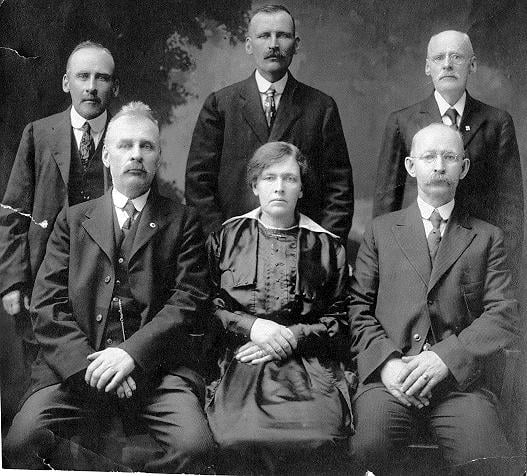Why Didn’t People Smile in Old Photos?
![]()
Ever wonder why people in old paintings and photographs generally don’t have smiles on their faces? We explored this subject a little back in November 2012, and found that reasons may have included technical limitations, oral hygiene, and the seriousness of formal occasions.
Over at the Public Domain Review, Nicholas Jeeves has written up an in-depth piece on this subject that comes to some different conclusions.

First off, Jeeves dismisses the notion that people of old refused to smile because their teeth were rotting. It wasn’t that people didn’t have bad teeth, as dental hygiene really was awful, but rather that bad teeth were so common that seeing them did not take away from a person’s attractiveness at the time.
So what were some of the real reasons people didn’t smile? Jeeves writes that in addition to the simple fact that nice-looking smiles are difficult to create and capture, one of the main reasons was how smiles were perceived centuries ago.
Although nowadays we think of smiles as being indicative of happiness, humor, and warmth, they apparently had a very different meaning back in the day:
By the 17th century in Europe it was a well-established fact that the only people who smiled broadly, in life and in art, were the poor, the lewd, the drunk, the innocent, and the entertainment
Want to be seen as upper class and as a person of good character? Don’t smile.
For this reason, both the creators and the sitters of portraits had good reason to keep the smiles out of the resulting images, which explains why we don’t see photos of famous figures donning a grin in their official portraits.
Abraham Lincoln, although known for his humorous personality during his time, is now remembered more by the extremely serious expressions he chose to wear during official portrait sessions:
![]()
Another man Jeeves cites is author and humorist Mark Twain. He was quite a funny guy as well, but Twain hardly let any of that show in his portrait photographs:
![]()
In a letter to the Sacramento Daily Union, Twain wrote, “A photograph is a most important document, and there is nothing more damning to go down to posterity than a silly, foolish smile caught and fixed forever.”